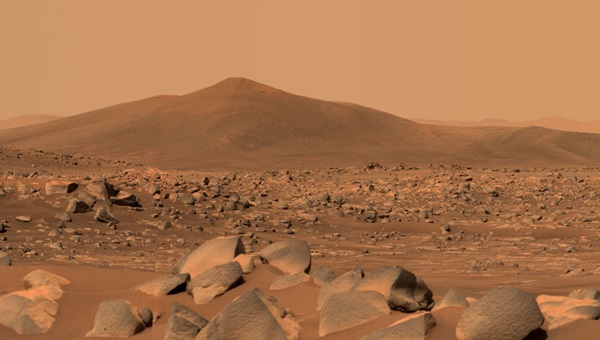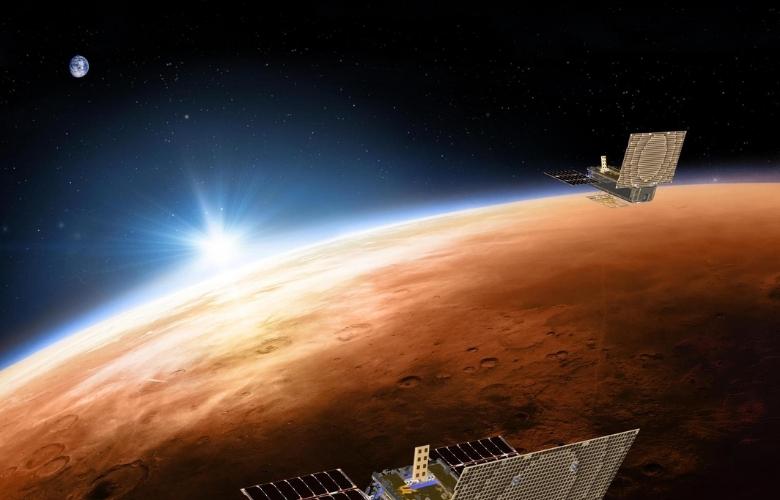Mars
Mars, often referred to as the "Red Planet," is a captivating and intriguing world that has captured the imagination of scientists and space enthusiasts for centuries. As the fourth planet from the Sun, Mars holds a prominent place in our solar system. With its reddish appearance caused by iron oxide (commonly known as rust) on its surface, Mars has earned its nickname as the Red Planet.


Introduction to Mars
Mars, often referred to as the "Red Planet," is the fourth planet from the Sun in our solar system. With its rusty-red appearance, Mars has captured the curiosity and imagination of humans for centuries. As one of Earth's closest planetary neighbors, Mars has been a subject of intense scientific study and space exploration. Known for its distinct geological features and the potential for past or present life, Mars continues to be a focus of ongoing research and future exploration missions. Understanding Mars is not only crucial for unraveling the mysteries of our neighboring planet but also for gaining insights into the formation and evolution of rocky planets in general. With its rich history and potential for answering fundamental questions about the existence of life beyond Earth, Mars remains an object of fascination and a prime target for scientific investigation in our quest to understand the vastness of the universe

Potential for Life on Mars
The potential for life on Mars has long captivated the scientific community and the public alike. Mars exhibits several characteristics that make it an intriguing target in the search for extraterrestrial life. While the surface of Mars is harsh and inhospitable today, evidence suggests that liquid water once flowed on its surface billions of years ago. The presence of water is a crucial ingredient for the development and sustenance of life as we know it. Moreover, Mars possesses an atmosphere that, although thin, provides some protection against harmful solar radiation. Recent discoveries of subsurface water ice, recurring slope lineae, and the detection of organic molecules have further fueled the hope of finding microbial life or remnants of past life on Mars. Mars' extreme environments, such as the dry valleys and the polar regions, resemble some of the extreme environments on Earth where microbial life thrives. Future missions, including sample return missions, are expected to provide more definitive answers regarding the potential existence of life on Mars.

Scientific Discoveries and Current Understanding
Scientific discoveries and our current understanding of Mars have significantly advanced through decades of missions, observations, and research. Mars exploration has revealed a wealth of information about the planet's geology, climate, atmosphere, and potential for life. Robotic missions, such as the Mars rovers Spirit, Opportunity, Curiosity, and the recent Perseverance rover, have provided valuable insights into the Martian surface, uncovering evidence of past water, ancient riverbeds, and diverse geological features. These missions have also analyzed the composition of rocks and soil, revealing the presence of minerals and organic molecules that are building blocks of life. Data from orbiters, such as Mars Reconnaissance Orbiter and Mars Odyssey, have contributed to our understanding of Mars' atmosphere, polar ice caps, and subsurface water ice deposits. These observations have shown seasonal changes, including the sublimation and deposition of carbon dioxide at the poles, suggesting an active climate system. Additionally, the study of Martian meteorites found on Earth has provided clues about the planet's geological history and the potential for volcanic activity in the past.